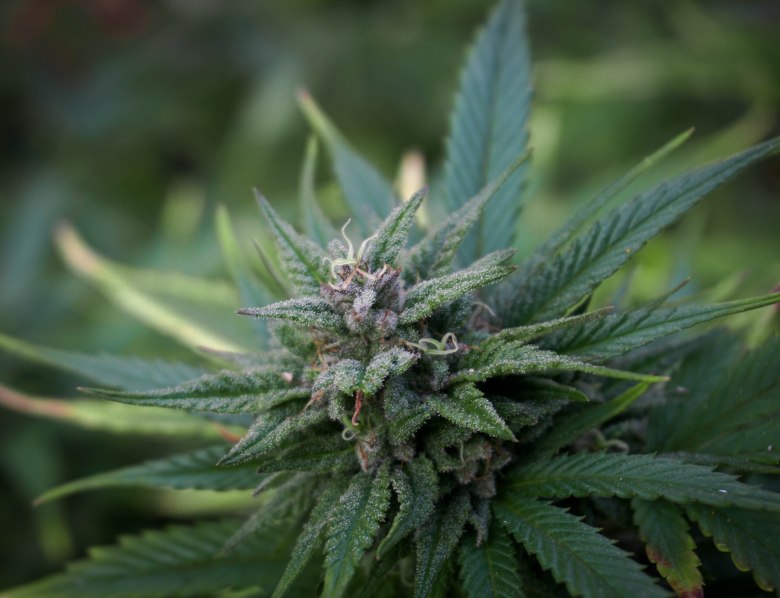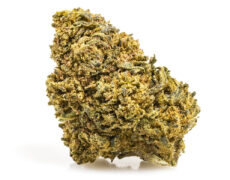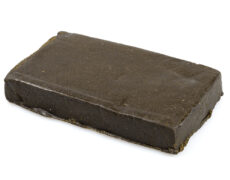Modified on: 19/12/2023
The discovery of marijuana: the “extraordinary” plant with over 10,000 years of history.
The legal marijuana is a great change for us all: we are talking about CBD cannabis, or hemp plant “weakened” with a low THC content.
The inflorescences of this plant have a high content of CBD but are devoid of psychotropic effects. Which means that you can have all the primary aromas of marijuana without the negative side effects.
This is the result of specific studies on genetic crossings made in modern researches, which in ancient times probably did not happen.
Have you ever wondered who discovered marijuana and how long mankind has known cannabis and its many possible uses? The answer to this question lies in the next paragraphs.
The origins of cannabis


The roots of the notorious plant which is hemp were first found in the Asian continent. It is where we suppose that it was born, during the Neolithic period.
The oldest evidence of human use dates back to 3000 BC! We are talking about remains of burnt seeds, found in Central Asia, in the territory of present-day Siberia and some Romanian caves.
Other evidence of its use is scattered in the history of many civilizations of ancient times. It includes people such as the Assyrians, the Chinese, the Aryans, the Greeks (not so much for its modern use but for the trade).
Herodotus, even before the year zero, wrote that the Scythians cultivated and used the cannabis plant. Besides, some Mediterranean populations used to throw it into the fire and inebriate itself with its perfumes.
The first property discovered by Man was probably the textile one: for thousands of years, its fibres have been woven for the production of fabrics.
Just think of the sails of the ships from the ancient Phoenicians which were made up of sativa textile hemp fibres.
In Asia and the Middle East, it was cultivated for millennia before the birth of the Christ, while its advent in Europe, through trade, was only a few centuries before the year zero.
The oldest European find is an urn containing seeds and leaves, found in Berlin, which dates back to 500 BC. And in any case more or less from that time its cultivation spread in the old continent.
In America, however, it seems that it was introduced by the post-Columbus colonization (1492 AD), although many doubts about it still remain by findings in some Peruvian tombs of 1500 BC.
Read also: Medical marijuana: cannabis FM2
But who discovered marijuana?
In the previous paragraph, we talked about the first appearances of cannabis in human history, in particular for its textile and medical properties, which we find in ancient Chinese texts.
But your curiosity is likely to focus on another aspect of the matter, namely, who discovered its psychotropic effects (which we remind you of is due to THC, contained only a small percentage in legal weed and legal hash, below 0.2%).?
Robert Spengler, a researcher of the Max Planck Institute, in collaboration with the Chinese Academy of Science, has conducted studies on incense burners (500 BC) found in the Jirzankal cemetery in China.
Using the mass spectrography method, some analyzes were carried out on the chemical components found inside them. It was discovered that they contained cannabis residues with high THC content.
Researchers believe that hemp was used by the people of this mountainous area for religious purposes, probably to communicate with the deceased.
It is showing that there was already an awareness of the psychoactive effects of cannabis, that we can date the first testimonies of this consciousness to 2500 years ago.
However, it is not clear whether these residues found in the burners came from wild hemp plants, which usually do not have a high THC content, or from cultivated plants.
Anyway, at high altitudes, the plants manage to develop higher percentages of cannabinoids (THC and CBD ) thanks to the greater exposure to ultraviolet rays. Therefore, it could also be wild cannabis.
The spread of cannabis in Europe


The cannabis plant has ancient origins, an history about 12,000 years old, proven by scientific discoveries, mostly in various areas of the Asian continent.
It is probable that from here, especially thanks to the commercial trade and the “Silk Road“, hemp was known and imported by European merchants who ventured beyond their borders.
In Europe, for example, the first imports took place in the Italian Maritime Republics, thanks to the commercial exchanges of traders living in these cities precisely.
In Europe, the cultivation of hemp was very fortunate, as these cultivating areas (including this Italian one) were perfect for both climate and type of terrain.
Its use was mostly textile, for the production of ropes and fabrics but also paper, seed oil, animal feed and much more.
The famous Gutenberg Bible, the first European book to be printed with movable typos, dating back to 1453, was made of hemp paper.
In the 1900s, with the World Wars, its use was still widespread. Cannabis, together with other plants, was used for the production of explosive devices based on nitrocellulose.
More noble purposes were pursued by Henry Ford, who, in the 1930s, launched the prototype of the Hemp-body Car, a car built partially of hemp fibre, which used hemp ethanol as fuel.7
Read also: What does marijuana smell like?
Marijuana prohibition
History teaches us that economic interests can turn a state, or the whole world, in an instant and so did cannabis and its eco-sustainable reputation.
It was because of the American manufacturer Hearst, a leader in the paper production usually derived from wood, that cannabis was slowly discriminated.
The aim was to show the plant in a bad way, due to its psychoactive effects, and to clear the way to avoid the production of a new kind of paper.
The term “marijuana” was born during this time. It was deliberately a Mexican name, and it was used as a reason and cause of some heinous crimes at the time.
It was instrumentalized journalism, aimed at putting Mexico (then rival of the USA in a border-war ended a few years earlier) and therefore it gave marijuana a bad name.
In 1937, the first law against the cultivation and use of hemp arrived after it was told to the public that the relaxing drug “Cannabis” contained marijuana.
From here on, in the USA and around the world, hemp began to be demonized.
Final thoughts
As you could read in the previous paragraphs, cannabis has a long history behind itself, and you can now understand its crucifixion, exploited for economic reasons.
Fortunately for us, public opinion in this regard is slowly changing. Nowadays, many countries have opened their doors to hemp, under its ductile characteristics and its eco-sustainability, and to CBD weed as well.
In Europe, the situation is still changing, and more specific legislation is needed on the subject, to protect CBD flowers workers and consumers.
On our Justbob online shop you will find a wide assortment of cannabis inflorescences, CBD oil and other products derived from hemp varieties.









